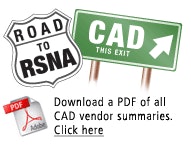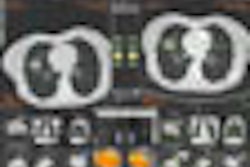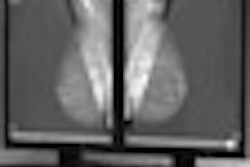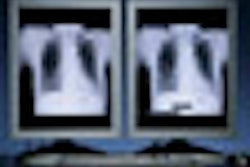After a bruising year in 2007, computer-aided detection (CAD) enjoyed something of a comeback in 2008 as several positive clinical studies were published on the technology's utility in finding suspicious lesions that might otherwise be missed by radiologists.
The previous year had seen the publication of a devastating article in the New England Journal of Medicine that claimed that mammography centers using CAD actually had lower diagnostic accuracy than sites that didn't. The research team, led by Dr. Joshua Fenton of the University of California, Davis (UCD) attributed the lower accuracy to the number of false positives produced by CAD software.
The study prompted a number of third-party payors to contemplate cutting CAD payments in 2007, moves that threatened the very economic lifeblood of CAD. But these initiatives were beaten back by CAD advocates, who pointed to a larger body of scientific evidence documenting that CAD is worthwhile.

More significant, however, was a study published in October -- in the New England Journal of Medicine, of all places -- by U.K. researchers that echoed the AJR results. A team led by Dr. Fiona Gilbert from the University of Aberdeen found that a single reader using CAD for mammography performed just as well as two radiologists doing double reading, with only a slight increase in recall rates.
At this year's RSNA meeting, look for CAD vendors to highlight the positive findings, and also demonstrate their progress in integrating CAD into departmental workflow and throughout the healthcare enterprise by adding it to PACS and 3D applications.
Also look for vendors to highlight advances in CAD for breast MRI, chest digital radiography, and virtual colonoscopy, three new cutting-edge applications that are rapidly gaining attention.



















